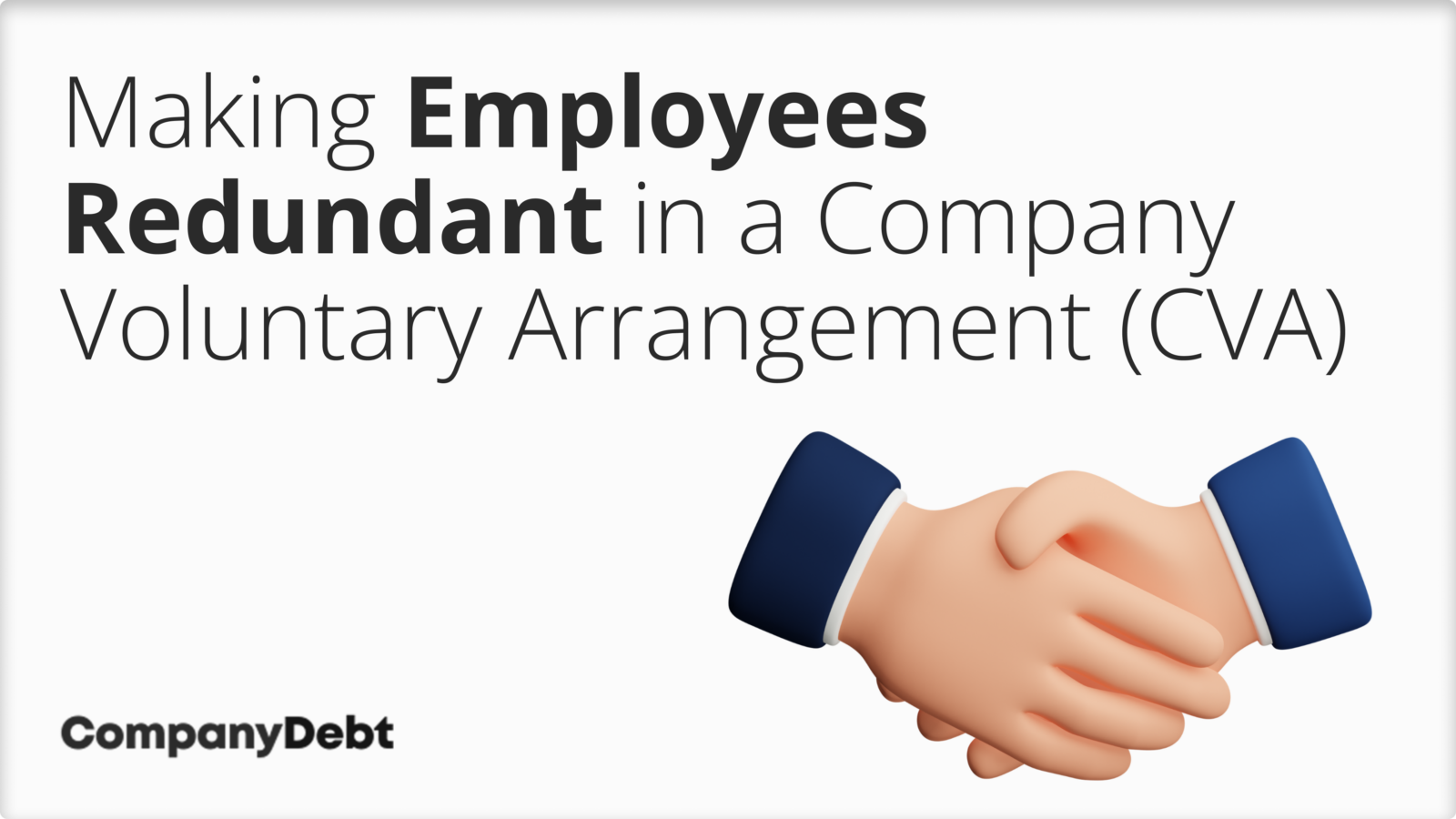Who Pays Redundancy Money? A Comprehensive Overview for Employers and Employees
Who Pays Redundancy Money? A Comprehensive Overview for Employers and Employees
Blog Article
Discovering the Operational Characteristics of Firm Redundancy and Its Long-Term Sustainability

Redundancy Techniques for Business Connection
In order to make sure continuous operations, organizations should implement effective redundancy strategies for business connection. Redundancy in this context describes the replication of vital parts or functions within a system to reduce the impact of possible failures. By including redundancy strategies, organizations can enhance their durability versus disturbances triggered by numerous elements such as natural calamities, equipment failings, or cyber-attacks.
One common redundancy method is the execution of backup systems and information storage solutions. This includes producing duplicates of important information and systems that can be activated in situation of a primary system failure. Furthermore, organizations can establish redundant interaction channels and source of power to maintain connectivity and procedures throughout unpredicted occasions.
Additionally, cross-training workers to perform several duties within the company can work as a beneficial redundancy strategy. This ensures that important jobs can still be performed even if key employees are inaccessible due to disease or other reasons. In general, effective redundancy approaches are crucial for companies to support functional connection and lessen the effect of prospective interruptions.
Influence of Redundancy on Organizational Resilience
Offered the critical duty redundancy methods play in ensuring service continuity, checking out the influence of redundancy on organizational resilience comes to be necessary for comprehending the alternative operational dynamics of a company. Business durability refers to an entity's capability to adjust to disruptions, recover from obstacles, and change when required while keeping core functions. Redundancy, when strategically executed, can substantially contribute to boosting a company's durability in the face of unanticipated challenges. By having backup systems, employees, or procedures in location, firms can better withstand shocks and proceed operations with marginal disruption.
Additionally, redundancy can foster development and creativity within a company as workers really feel empowered to take computed dangers, recognizing that there is a safety and security net to sustain them in case of failing. Overall, the influence of redundancy on organizational durability is extensive, shaping the long-lasting sustainability and view success of a firm.
Stabilizing Efficiency and Versatility in Redundancy
Accomplishing a harmonious equilibrium in between operational performance and flexible versatility is a pivotal difficulty in the calculated deployment of redundancy within companies. Efficient procedures are essential for keeping performance and cost-effectiveness, making certain that resources are made use of efficiently. However, extreme focus on performance alone can cause strength, making it hard for companies to adjust to unpredicted modifications or obstacles. On the other hand, flexibility enables companies to react nimbly to advancing situations, cultivating development and strength. Yet, excessive versatility without a strong functional foundation can lead to inefficiencies and incongruity.
To balance performance and adaptability in redundancy preparation, companies need to meticulously assess their functional needs, market characteristics, and critical objectives. Executing lean practices can improve effectiveness by getting rid of and streamlining procedures waste, while cultivating a culture of flexibility and constant improvement can increase adaptability. In addition, investing in cross-training programs and robust interaction networks can assist cultivate a functional workforce efficient in dealing with diverse jobs during periods of transition. Ultimately, finding the best stability between effectiveness and versatility is essential for developing a resilient and sustainable company when faced with uncertainty.
Long-Term Sustainability With Redundancy Planning
To ensure enduring viability and security, companies should purposefully align their redundancy planning with long-lasting sustainability objectives, consequently harmonizing functional effectiveness with adaptive adaptability. Lasting sustainability via redundancy preparation entails greater than just short-term cost-cutting measures. It needs an extensive calculated approach that expects future obstacles and chances. Companies need to see redundancy not as a responsive option to prompt troubles but as an aggressive strategy for long-lasting success. By incorporating redundancy planning with sustainability goals, organizations can develop a resilient structure that can withstand various market fluctuations and inner changes.
Aggressive Measures for Lasting Company Operations
Exactly how can companies proactively enhance their functional sustainability for long-term success? Executing proactive procedures is important for companies intending to make certain lasting procedures.
Furthermore, cultivating a culture of constant enhancement and learning within the organization can enhance versatility to altering market conditions and consumer demands. Motivating staff member involvement in decision-making processes and giving opportunities for professional development can increase morale, productivity, and general efficiency. Developing clear goals, monitoring essential efficiency indications, and routinely reviewing progress are essential components of this aggressive sustainability management.
Working together with vendors, consumers, and various other stakeholders to promote lasting methods throughout the supply chain can create a ripple effect of favorable effect - redundancy pay if company goes bust. By taking aggressive steps towards functional sustainability, companies can build resilience, drive innovation, and protect their long-lasting success in an ever-evolving organization landscape
Final Thought

In the world of organizational administration, the tactical release of business redundancy stands as a crucial yet detailed technique that demands a delicate balance between functional efficiency and long-lasting practicality. By dissecting the operational dynamics that underpin firm redundancy and assessing its broader implications for organizational strength and versatility, a nuanced understanding of exactly how redundancy methods can form the future trajectory of a company begins to unravel.Provided the vital function try this website redundancy methods play in ensuring business continuity, exploring the impact of redundancy on organizational durability becomes vital for comprehending the all natural functional characteristics of a firm. Generally, the effect of redundancy on business durability is profound, forming the long-lasting sustainability and success of a business.
In final thought, understanding the functional characteristics of business redundancy is vital for ensuring long-term sustainability.
Report this page